Hospitalist Program
7 Types of Rehabilitation Therapy
Anyone may need rehabilitation at one point in their lives. The word ”rehabilitation” is often associated with vocational services or substance abuse recovery, but rehabilitation is designed to improve, restore and maintain functional ability and quality of life.
Rehabilitation can help both children and adults through intervention techniques that aim to optimize functioning and reduce disability. These intervention techniques depend on the goals and preferences of a patient; they may be designed to address pain, improve motor functions or address everyday hurdles an individual may face.
Contrary to popular belief, rehabilitation is not just for people with long-term or physical impairments. It is a core health service for anyone who needs it. Rehabilitation may help individuals recover from illness, injury, surgery, stroke, cardiac events or other medical issues and regain independence lost to these events.
There are different types of rehabilitation therapies, each designed with a specific goal or preference in mind.
Here are seven rehabilitation therapies commonly used in treatment plans:
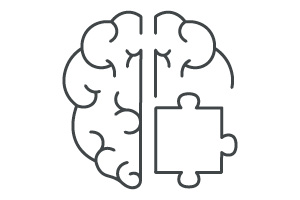 1. Cognitive Rehabilitation Also called cognitive-behavior rehabilitation, this type of rehabilitation involves relearning or improving cognitive skills (e.g., memory, planning, decision-making, reasoning) that may have been lost due to trauma, illness or brain injury. |
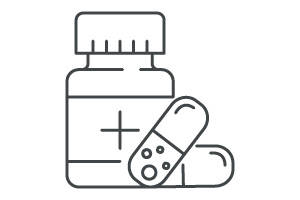 2. Pharmacorehabilitation Aims to improve mental and physical function through the use of drugs. |
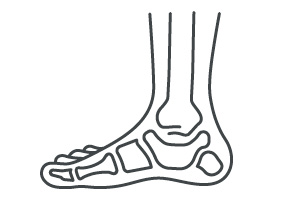 3. Physical Therapy Involves restoring or improving the body’s movements, sensations, strength and balance through targeted exercise and activities. |
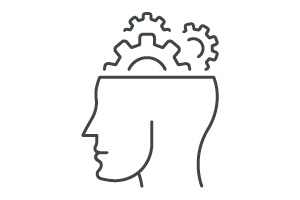 4. Recreational Therapy Involves improving an individual’s social and emotional well-being. This may include music or art therapy that can help individuals express emotion, enhance cognitive development or develop social connectedness. |
 5. Speech and Language Therapy Involves improving impaired swallowing and mouth and tongue movement and improving voice, language and talking difficulties. |
 6. Occupational Therapy Restores an individual’s function to perform daily activities at home, work and in the community. This may mean building motor skills, improving balance or helping the patient use adaptive equipment. |
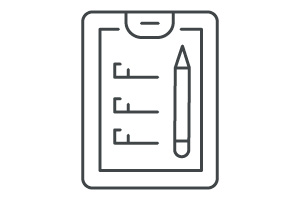 7. Vocational Rehabilitation Prepares individuals to return to work after an injury, illness or medical event. |
Various specialists may be involved with rehabilitation therapy, including but not limited to physiatrists, occupational therapists, physical therapists, cognitive rehabilitation therapists, gait and clinical movement specialists, speech therapists, audiologists, orthopedists, neurologists, psychiatrists, biomedical engineers and rehabilitation engineers.
Rehabilitation may occur in a provider’s office, a hospital, an inpatient rehabilitation center or a patient’s home. Rehabilitation performed at home may require family members or friends to come and help with the process.
Treatment at an inpatient facility may be the safest and most efficient choice if a patient needs more than one type of therapy in their treatment plan or requires close medical supervision. For patients who need fewer or less intensive care, outpatient or home-based services may suffice.
While there are many different types of rehabilitation, they all have the same goal: to help individuals improve their quality of life.
Sources:
Eunice Kennedy Shriver National Institute of Child Health and Human Development
World Health Organization
